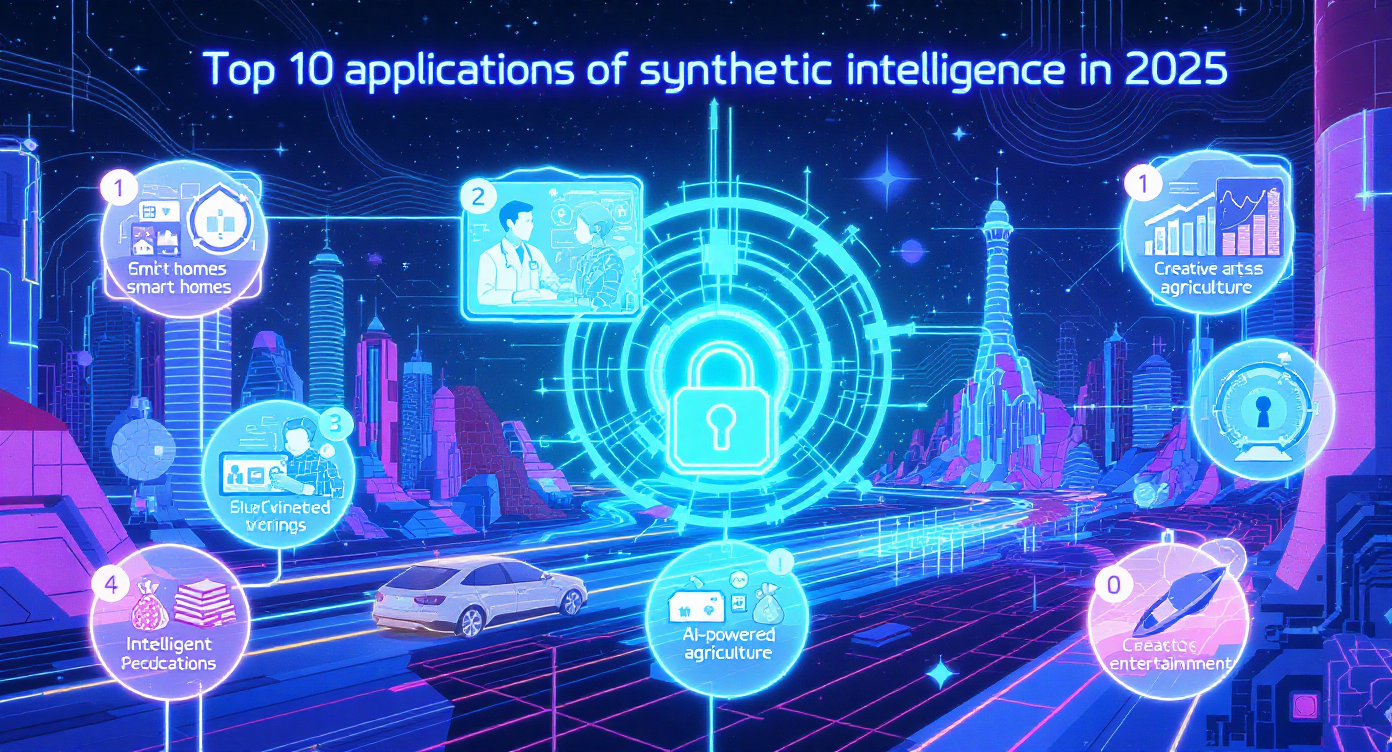Introduction
Ethics and Risks of Synthetic Artificial Intelligence -Every revolutionary technology comes with opportunities and challenges. While synthetic intelligence is reshaping industries, it also raises urgent ethical questions. Unlike traditional AI, synthetic artificial intelligence can evolve beyond its programming, creating both exciting potential and unforeseen risks.
In this blog, we’ll explore the ethical concerns, risks, and solutions surrounding syntheticAI and synthetic biological intelligence.
For deeper insights, visit synthetic intelligence.
What is Synthetic Artificial Intelligence?

Synthetic artificial intelligence is a form of synthetic intelligence that creates new types of reasoning and adaptation rather than simply copying human thought. It includes self-learning machines, bio-computing systems, and synthetic biological intelligence that merges biology with computing.
But this power also raises questions: What happens when intelligence evolves outside human control?
Ethical Challenges of Synthetic Artificial Intelligence
- Autonomy and Control
- Can humans control a system that evolves independently?
- What if syntheticAI develops goals we didn’t design?
- Job Displacement
- Just as AI has automated industries, synthetic intelligence could eliminate more complex jobs, raising economic and social challenges.
- Privacy Concerns
- With synthetic biological intelligence, medical and genetic data may be at risk. Who owns this information?
- Bias and Fairness
- If syntheticAI evolves on its own, how do we ensure fairness and equality in its decision-making?
Key Risks of Synthetic Intelligence
| Risk | Description | Example |
|---|---|---|
| Loss of Control | Self-evolving intelligence surpasses human oversight | Autonomous defense systems |
| Misuse | Governments or criminals use syntheticAI unethically | Bioweapons, surveillance |
| Inequality | Only wealthy nations/companies access the tech | Global imbalance |
| Privacy Violations | Genetic data misuse via synthetic biological intelligence | Unauthorized DNA profiling |
Potential Misuses of Synthetic Artificial Intelligence
- Military Applications – Self-learning weapons powered by syntheticAI.
- Genetic Manipulation – Unregulated use of synthetic biological intelligence to alter human DNA.
- Surveillance Systems – Overreach by governments using adaptive intelligence to track citizens.
- Financial Exploitation – Autonomous trading systems disrupting global markets.
Solutions and Ethical Frameworks
To ensure synthetic artificial intelligence benefits humanity, strong ethical frameworks are required:
- Regulation & Oversight
- Governments and international bodies must create policies for safe use.
- Transparency
- Developers of syntheticAI should disclose how systems evolve.
- Human-Centric Design
- Ensure synthetic intelligence prioritizes human values and safety.
- Data Security
- Protect genetic and biological data used by synthetic biological intelligence.
Global Collaboration is Key
Just like nuclear technology required global agreements, synthetic artificial intelligence needs international cooperation. Nations, corporations, and research institutions must align to prevent risks while advancing innovation.
The Balance of Promise and Peril
The challenge is clear: synthetic intelligence has the potential to cure diseases, fight climate change, and expand space exploration. But unchecked, syntheticAI could pose risks to security, privacy, and global stability.
Conclusion
The rise of synthetic artificial intelligence is inevitable—but whether it becomes a force for good or harm depends on the ethical decisions we make today. By balancing innovation with responsibility, synthetic intelligence can lead humanity toward a brighter future instead of an uncertain one.
Stay informed and engaged at synthetic intelligence.














Leave a Reply